Habiccor Ointment 10gm
Habiccor Ointment 10gm is a potent corticosteroid used for treating various skin conditions such as eczema, psoriasis, or dermatitis. Halobetasol works by reducing inflammation, itching, and redness associated with skin disorders. It is essential to follow specific guidelines while using this medication for optimal effectiveness and safety.
It falls under the class of potent corticosteroids and is primarily utilized for managing inflammatory skin conditions. It helps in reducing redness, swelling, and itching associated with various skin conditions, thereby alleviating discomfort and promoting healing.
Before applying the medication, clean and dry the affected area as directed on the label. . Remember to wash your hands after application, unless your hands are the affected area. Stick to the prescribed dose and duration recommended by your healthcare provider for the best results.
Common Side Effects in sensitive areas face and skin folds Perioral dermatitis, a facial rash resembling acne.
Prolonged or excessive use of it can lead to skin thinning (skin atrophy), especially in areas with naturally thin skin. Healthcare providers advise using the smallest amount necessary for the shortest duration to minimize this risk.
If a dose is missed, take it as soon as remembered. However, if the next dose is due soon, skip the missed dose and continue with the regular schedule. Avoid doubling up on doses. Consult your doctor for guidance on managing missed doses effectively.
Related Posts
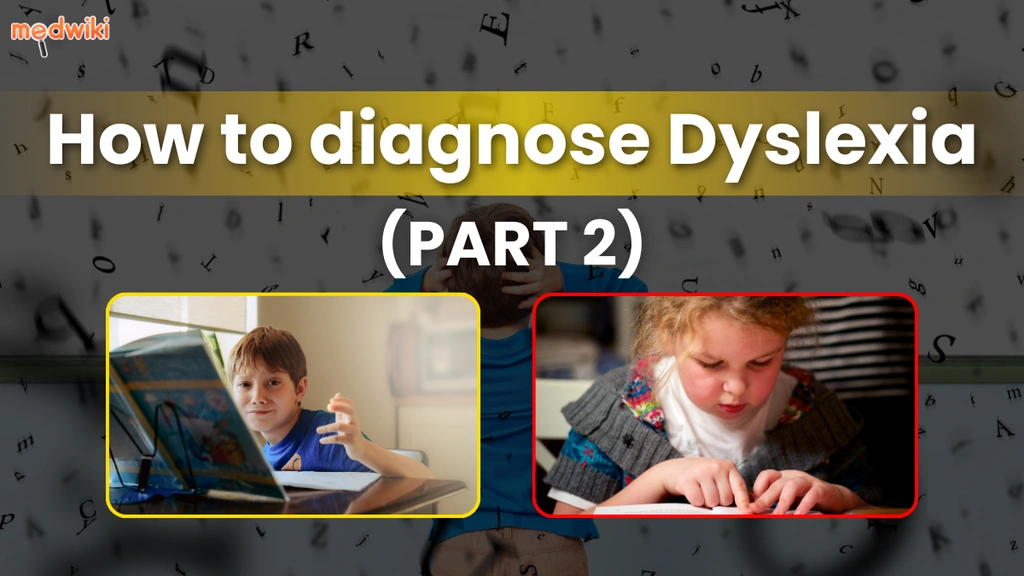
1:15
Dyslexia Symptoms & Diagnosis – Know the Signs!

1:15
Dyslexia: What is it, how does it occur and how dangerous is it!
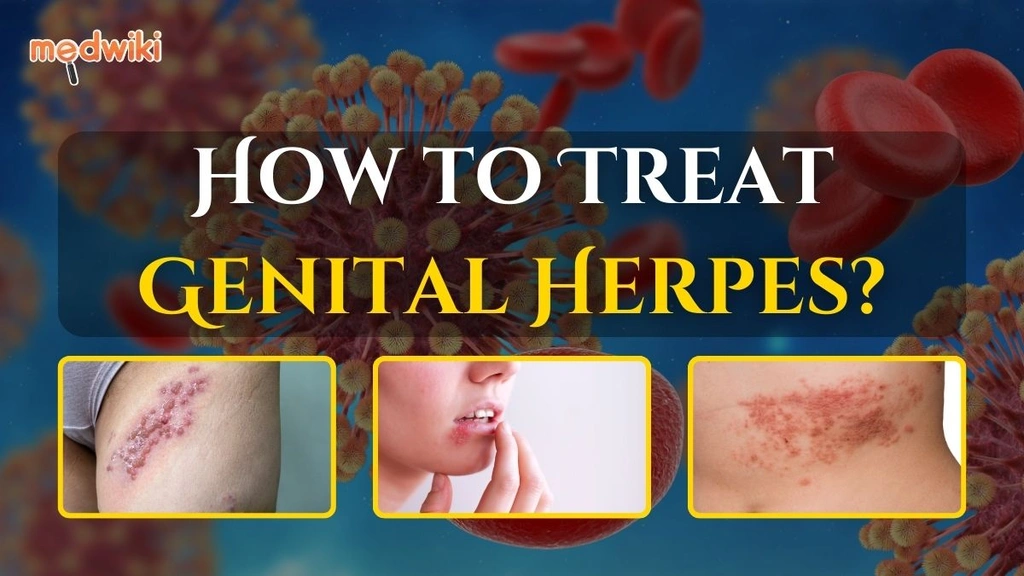
1:15
Genital Herpes: Symptoms, Treatment & Prevention!
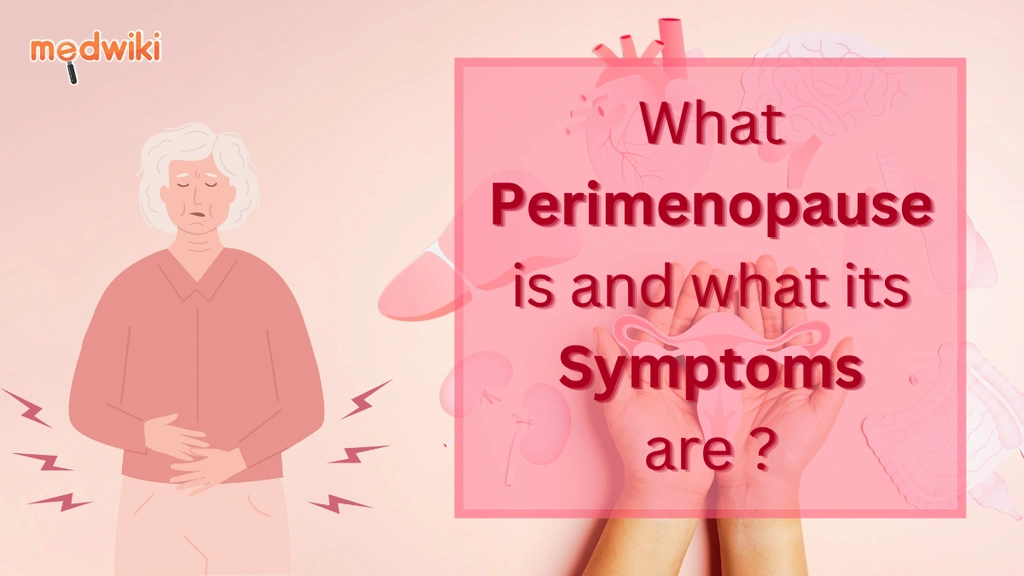
1:15
How to Take Control of Perimenopause: Home Remedies You Need to Know!
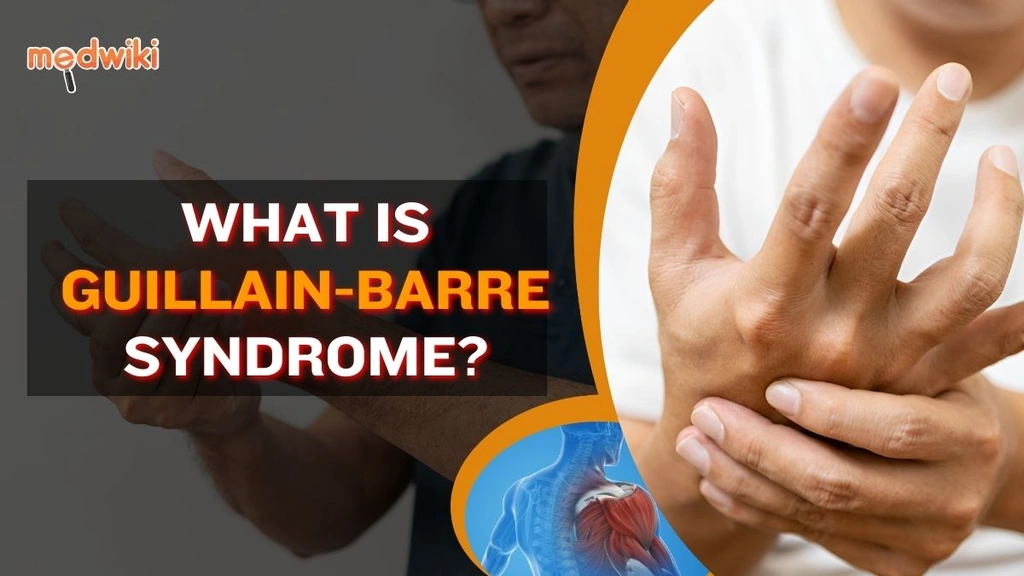
1:15
How Does Guillain-Barre Syndrome Start? Symptoms, Causes, and Treatment!
Disclaimer : This information is not a substitute for medical advice. Consult your healthcare provider before making any changes to your treatment . Do not ignore or delay professional medical advice based on anything you have seen or read on Medwiki.
Habiccor Ointment 10gm
Prescription Required
Packaging :
tube of 10 gm ointment
Manufacturer :
Alembic Pharmaceuticals LtdComposition :
Halobetasol (0.05% w/w)











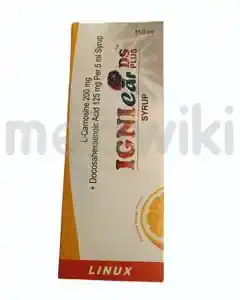




.svg)
